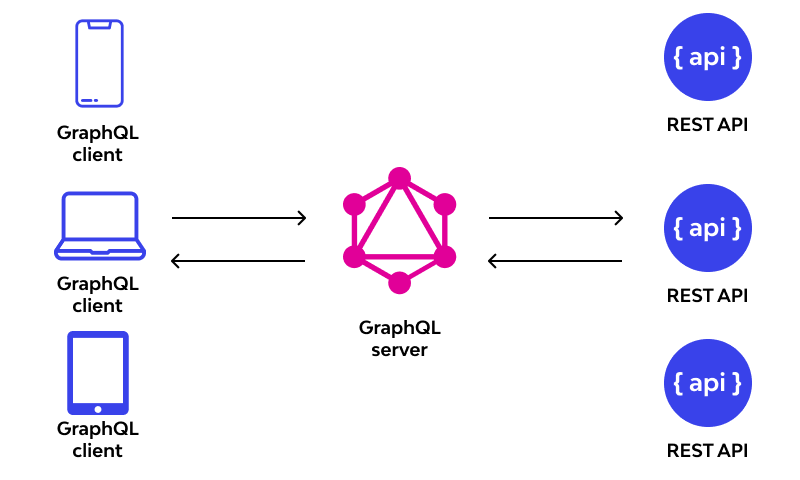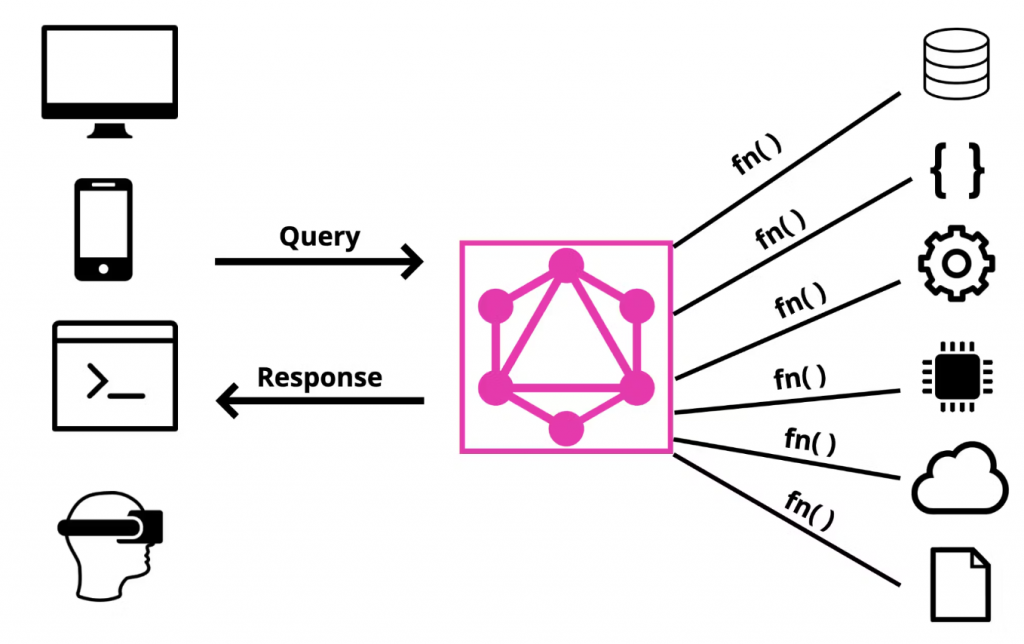GraphQL: The Future of API Design
GraphQL is a query language and runtime for APIs that was developed by Facebook in 2012 and later released as an open-source project in 2015. Since then, it has gained popularity among developers as an alternative to traditional REST APIs.
What is GraphQL?
GraphQL is a query language that allows clients to request specific data from a server. Unlike REST APIs, where clients have to make multiple requests to retrieve different pieces of data, GraphQL allows clients to request all the data they need in a single request. This is possible because GraphQL is based on a strongly typed schema, which defines the types of data available and their relationships.
How Does GraphQL Work?
In GraphQL, clients send queries to a server, which returns a JSON response containing the requested data. The queries themselves are defined using the GraphQL query language, which is similar to JSON and allows clients to specify exactly what data they need.
Here’s an example of a GraphQL query:
cssCopy code{
user(id: "123") {
name
email
posts {
title
content
}
}
}
This query requests the name, email, and posts of a user with the ID of “123”. Notice how the query specifies the exact data the client needs, and how the data is returned in a single response.

Why is GraphQL the Future of API Design?
GraphQL offers several advantages over traditional REST APIs, including:

- Increased Efficiency: GraphQL allows clients to retrieve all the data they need in a single request, which reduces the number of requests and response sizes. This results in faster load times and improved performance.
- Strong Typing: GraphQL is based on a strongly typed schema, which ensures that clients receive data in the correct format. This reduces the likelihood of errors and makes it easier to write code that interacts with the API.
- Flexibility: GraphQL allows clients to request only the data they need, which gives them more control over the data they receive. This makes it easier to build responsive user interfaces that only display relevant data.
- Easy to Evolve: Because GraphQL is based on a schema, it is easy to evolve the API over time without breaking existing clients. This makes it easier to add new features and make changes to the API without disrupting existing applications.
Conclusion
GraphQL is a powerful tool that is rapidly gaining popularity among developers. Its ability to improve efficiency, increase flexibility, and provide strong typing makes it an ideal choice for building modern APIs. As more developers adopt GraphQL, it is likely to become the future of API design.

